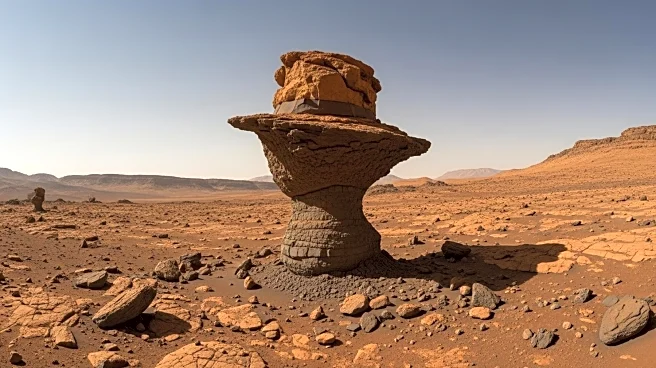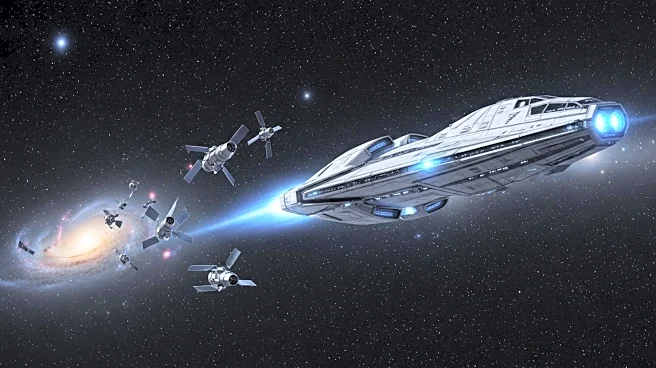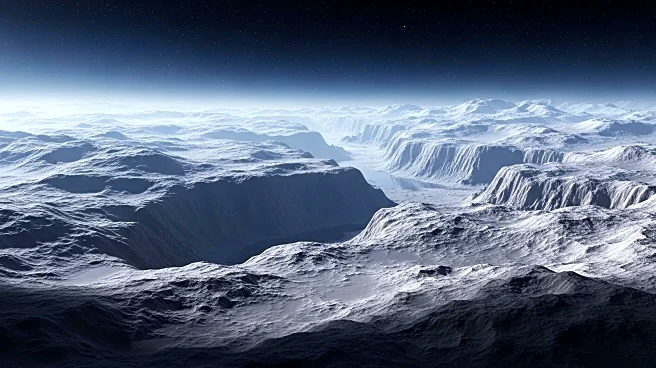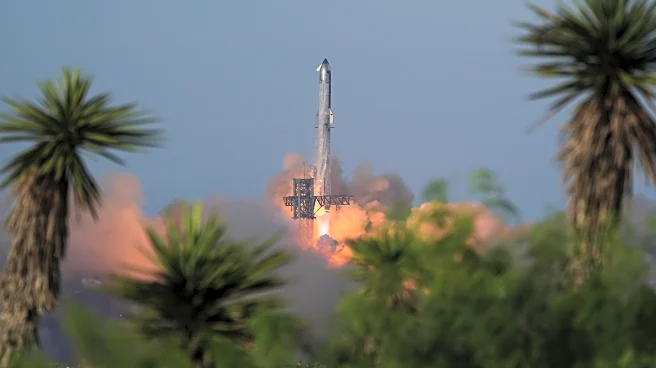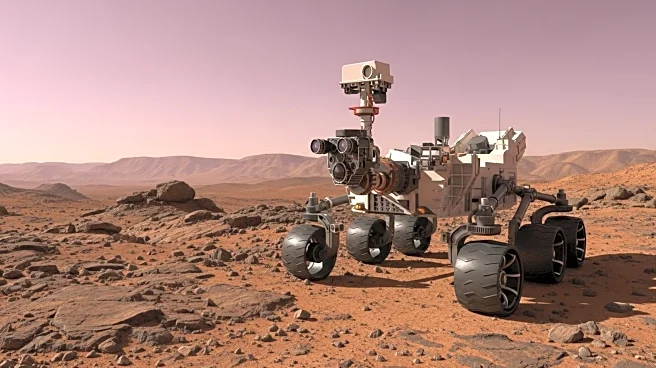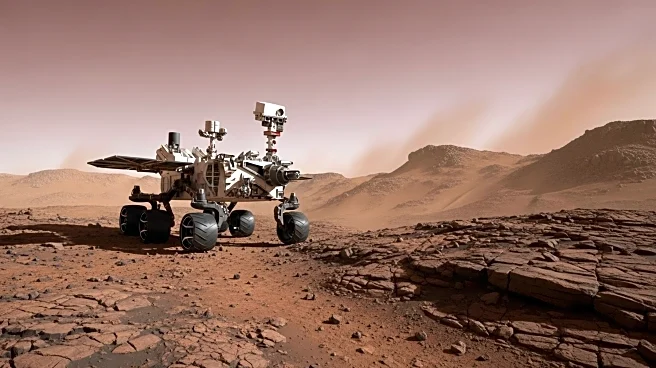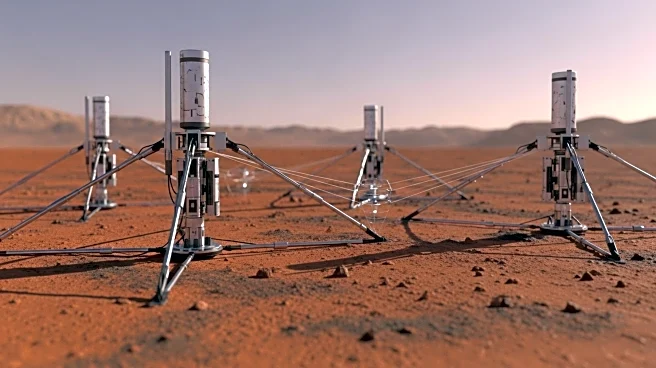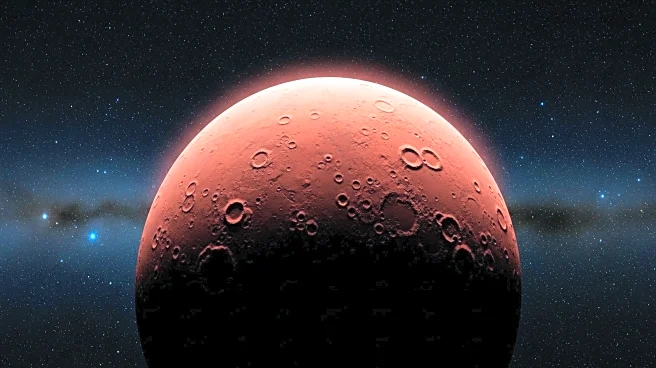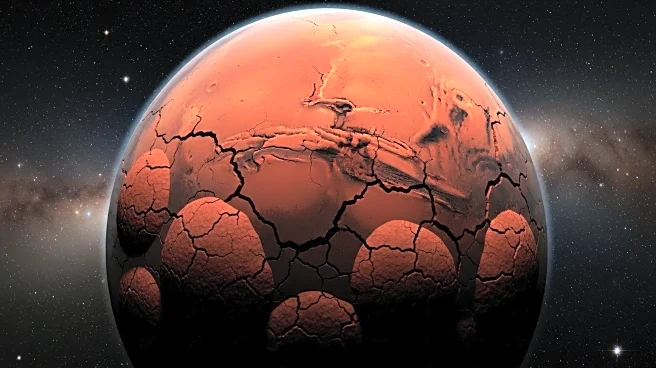What is the story about?
What's Happening?
NASA's Perseverance Mars rover has discovered a peculiar helmet-shaped rock, known as 'Horneflya,' composed almost entirely of spherules. This discovery is part of the rover's ongoing study of sand ripples on Mars to understand how winds shape the planet's surface. The rover's exploration of sites like 'Kerrlaguna' and 'Westport' has provided valuable data on the role of wind and water in sculpting the Martian landscape. The rover uses its SuperCam, Mastcam-Z, and MEDA instruments to analyze the size and chemistry of sand grains and salty crusts, which could aid future astronauts in resource identification on Mars.
Why It's Important?
The findings from Perseverance's exploration are crucial for understanding the current Martian environment, which has implications for future human exploration. By documenting wind and water effects on Mars, scientists can develop terrain maps that will assist astronauts in navigating and utilizing resources on the planet. This research also contributes to the broader understanding of Mars' geological history and its potential for supporting life.
What's Next?
Scientists plan to use the data collected from 'Kerrlaguna' as a practice run for a more extensive campaign at 'Lac de Charmes,' a larger field of Martian rocks along the rover's planned route. These efforts will continue to enhance the understanding of Martian surface processes and prepare for future missions.
AI Generated Content
Do you find this article useful?
